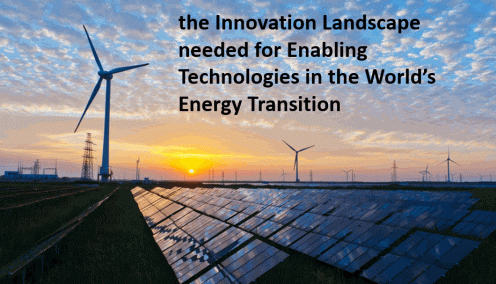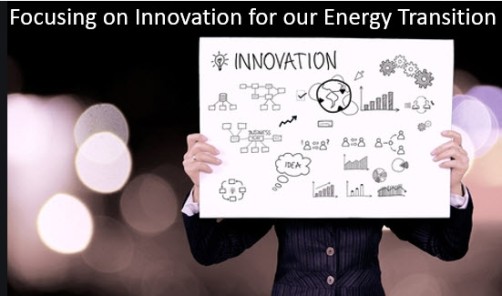The building always the Innovation Business Case offers a unique approach to tackle one of the real problem areas within innovation- making the case compelling.
One of the toughest aspects within Innovation is making the Business Case. Much of the information is imperfect, the returns are often fuzzy and the doubters ready to block and deter new ideas from entering the commercialization process.
Knowing the issues, reducing often the ‘noise and distractions’ and making the professional case is what we need to do to attract commitment to the projects we are working upon.
How can you reduce down uncertainty? By ensuring the innovation business case takes a clear methodical approach to this and builds the arguments up in a sound structured way, that shows the areas of clear discussion and conclusion and reduces down the more ’emotive parts, so as to allow the ‘idea or concept’ to firm up and be seen for its real merits.

 “Why do we always seem to have internal difficulties to self-disrupt?”
“Why do we always seem to have internal difficulties to self-disrupt?”






